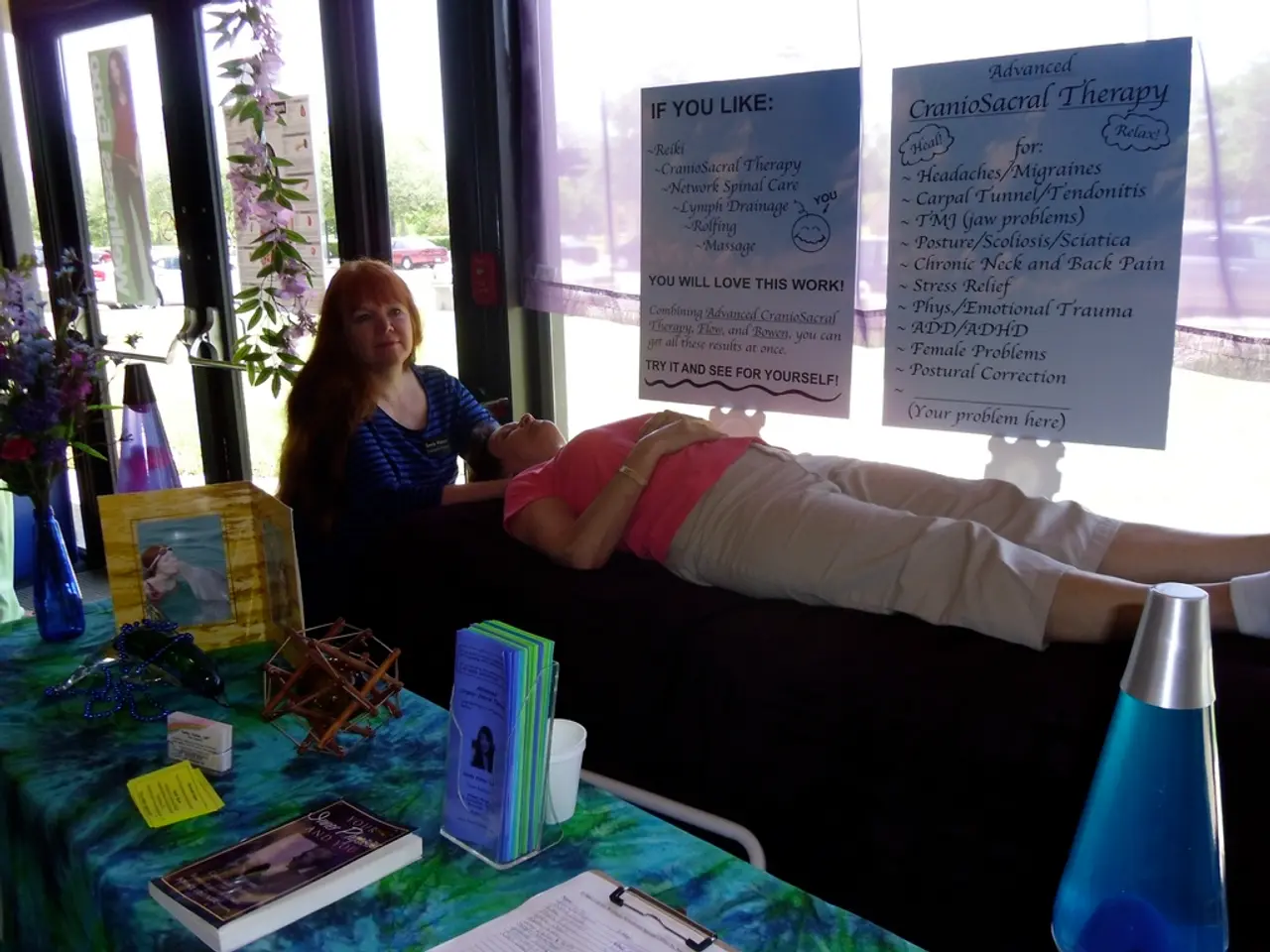Winter Light Enhancement: Illuminate Your Winter Blues
In the colder months, the shortening of daylight can lead to a disruption in the body's natural cycle, causing symptoms associated with Seasonal Affective Disorder (SAD). This condition, characterised by low moods at the onset of fall and winter, can be effectively managed with a simple, safe, and economical treatment: bright light therapy.
The effectiveness of bright light therapy lies in its ability to mimic sunlight and regulate the body clock, thus normalising the production of brain chemicals. One of the key brain chemicals affected by light is serotonin, often referred to as the 'feel-good' chemical. During the fall and winter, the availability of serotonin in the brain is reduced due to the shortened daylight hours, contributing to a low mood. However, in summer months and through light therapy use, serotonin is available for longer periods.
The recommended guidelines for using SAD light therapy are as follows:
1. Light Intensity: Use a light box that emits between 2,500 to 10,000 lux of light. The higher end of this intensity (10,000 lux) is commonly recommended for effective treatment. 2. Duration: Daily sessions of 30 to 60 minutes are advised for optimal results. 3. Timing: Light therapy is typically done in the morning soon after waking, which helps reset the circadian clock and improve mood. 4. Type of Light: The most effective light therapy for SAD involves white light. Studies show white light is superior to other colours like green, blue, or red for alleviating SAD symptoms. 5. Expected effects: Improvement from light therapy is often observed within one to four weeks of consistent daily use.
It is essential to use a device designed for SAD treatment, as bright light mimicking sunlight is crucial. Red light, although promising in emerging research for depression, is not the primary recommended treatment for SAD by current guidelines.
Regular exercise and Cognitive Behavioural Therapy (CBT) have also shown benefits in alleviating SAD symptoms. However, for those with eye conditions, it is safer to avoid light therapy.
Light boxes or SAD lamps are non-prescription and economical, making them an accessible solution for many individuals. The National Health Service (NHS) and the American Psychiatric Association (APA) have recommended bright light therapy based on its benefits for SAD.
For best results, individuals should consult a healthcare provider to tailor light therapy to their specific needs and ensure safety. It is important to remember that while bright light therapy can significantly improve mood and reduce SAD symptoms, it should be used as part of a comprehensive treatment plan.
[1] American Family Physician. (2019). Bright Light Therapy for Seasonal Affective Disorder. Retrieved from https://www.aafp.org/afp/2019/0915/p406.html [3] American Academy of Sleep Medicine. (2021). Position Sleep Statement: Light Therapy for the Treatment of Depression. Retrieved from https://aasm.org/position-sleep-statement-light-therapy-for-the-treatment-of-depression/
- Science has revealed that bright light therapy can help manage symptoms associated with Seasonal Affective Disorder (SAD), a condition characterized by low moods at the onset of fall and winter.
- The effectiveness of this treatment lies in its ability to mimic sunlight and regulate the body clock, thus normalizing the production of brain chemicals.
- One of the key brain chemicals affected by light is serotonin, often referred to as the 'feel-good' chemical.
- During the fall and winter, the availability of serotonin in the brain is reduced due to the shortened daylight hours, contributing to a low mood.
- However, in summer months and through light therapy use, serotonin is available for longer periods.
- The recommended guidelines for using SAD light therapy are as follows: use a light box that emits between 2,500 to 10,000 lux of light.
- Daily sessions of 30 to 60 minutes are advised for optimal results, typically done in the morning soon after waking.
- Light therapy should be done with white light, as studies show it is superior to other colours like green, blue, or red for alleviating SAD symptoms.
- Improvement from light therapy is often observed within one to four weeks of consistent daily use.
- It is essential to use a device designed for SAD treatment, as bright light mimicking sunlight is crucial.
- Regular exercise and Cognitive Behavioural Therapy (CBT) have also shown benefits in alleviating SAD symptoms, but it is safer to avoid light therapy for those with eye conditions.
- Light boxes or SAD lamps are non-prescription and economical, making them an accessible solution for many individuals.
- The National Health Service (NHS) and the American Psychiatric Association (APA) have recommended bright light therapy based on its benefits for SAD.
- For best results, individuals should consult a healthcare provider to tailor light therapy to their specific needs and ensure safety.
- This treatment should be used as part of a comprehensive treatment plan, considering other health and wellness factors such as fitness and exercise, nutrition, and mental health.
- SAD is not the only condition that can be managed with light therapy; therapies and treatments for various medical conditions like chronic diseases, cancer, respiratory conditions, digestive health, eye health, hearing issues, autoimmune disorders, skin conditions, and neurological disorders also benefit from this treatment.




